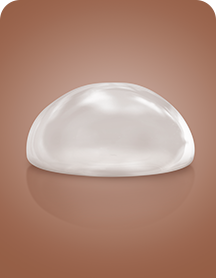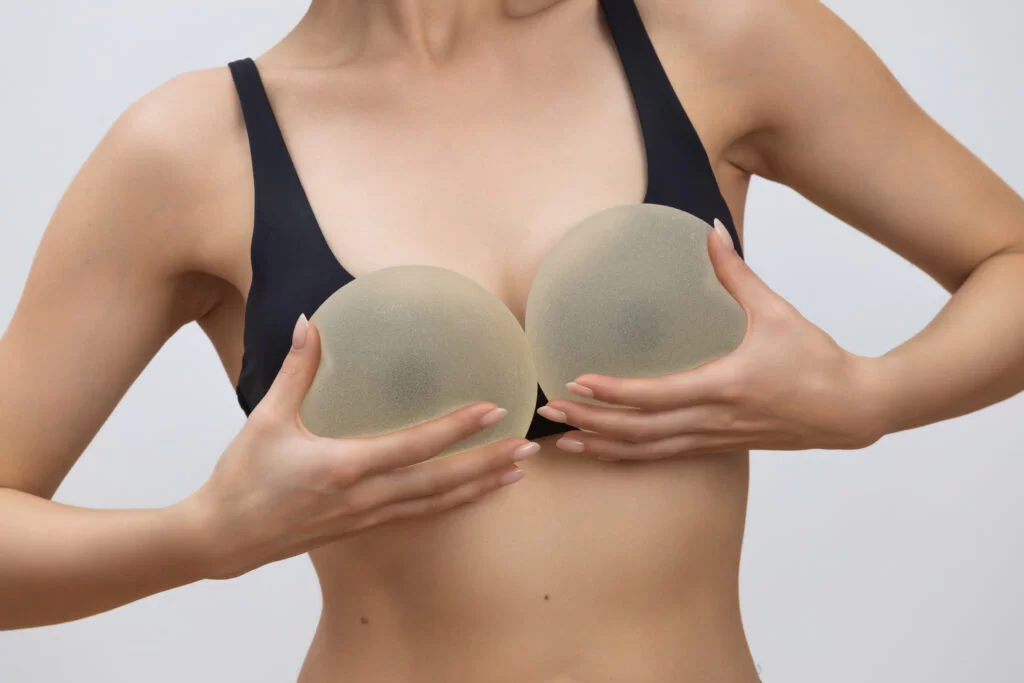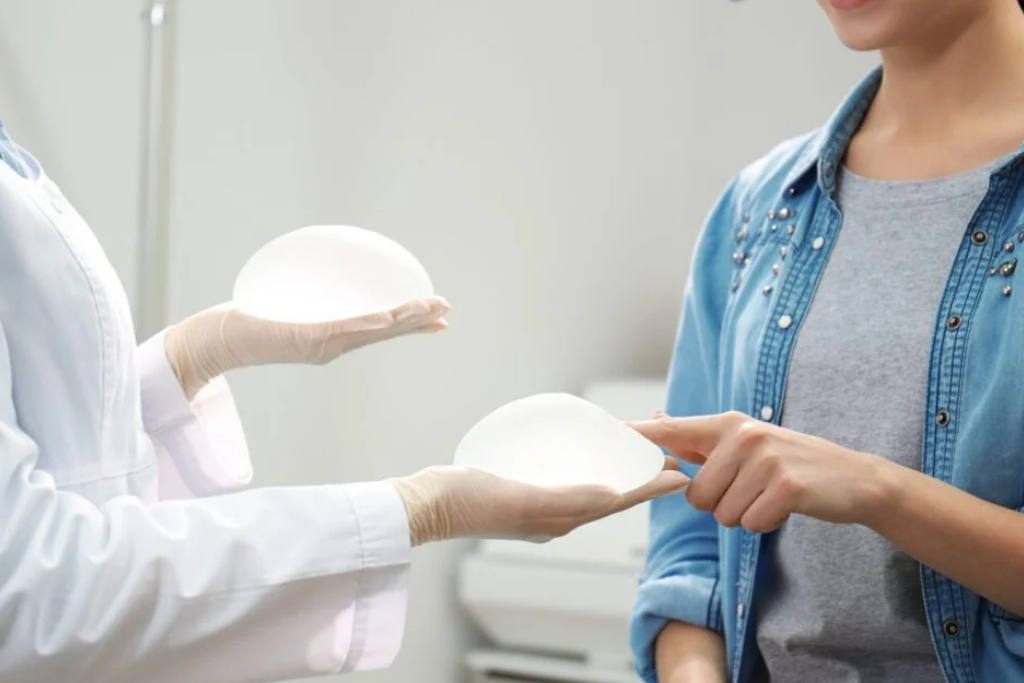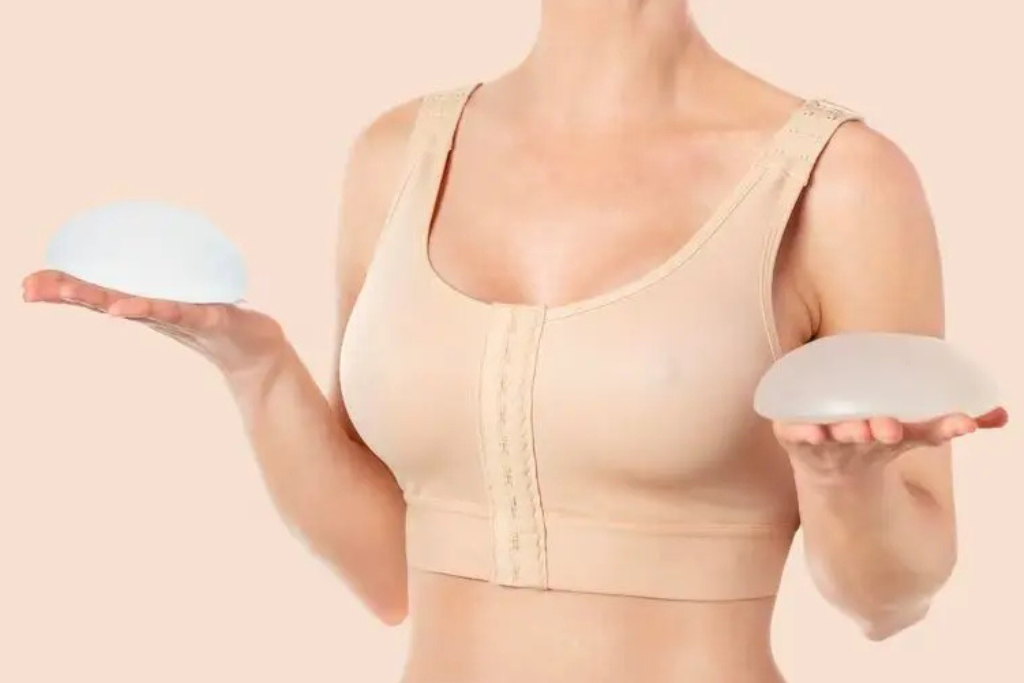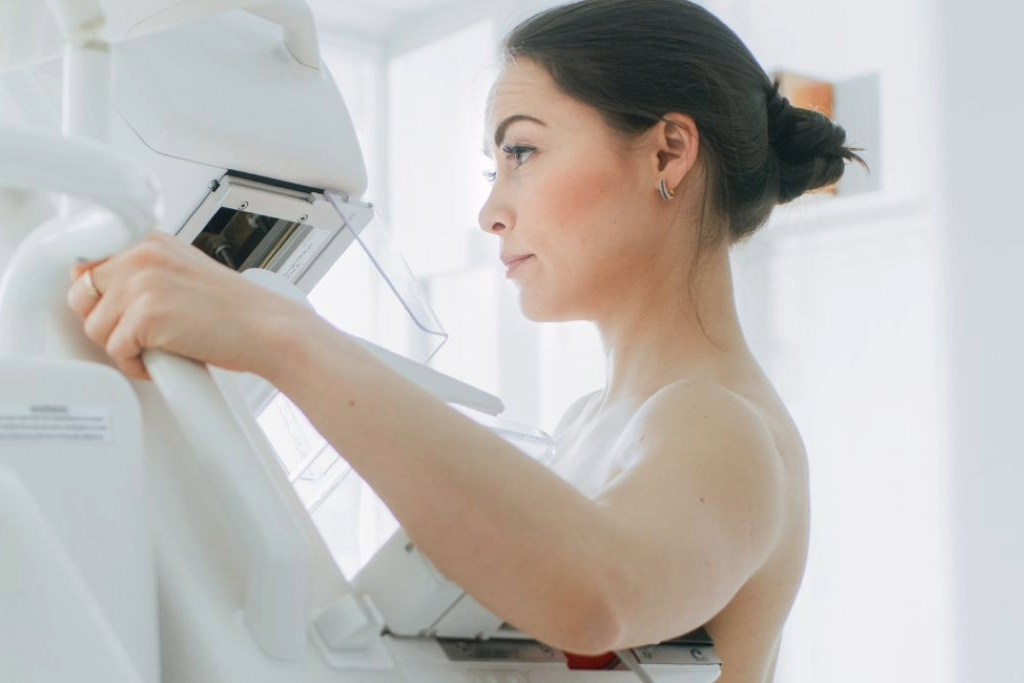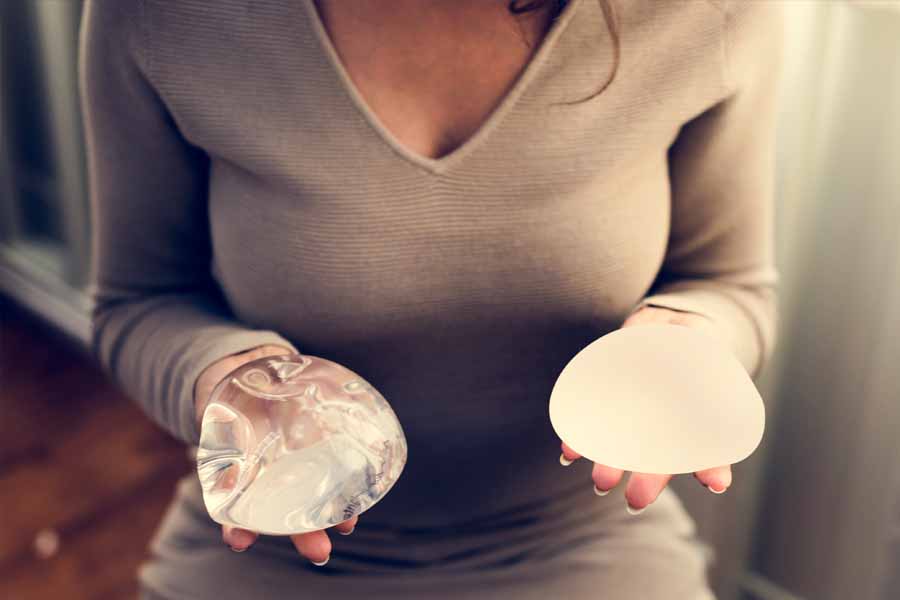Replacing breast implants: all you need to know
How often breast implants should be changed, when replacement is clinically indicated, and key signs that revision surgery may be necessary.
Is it essential to replace breast implants?
One of the most common questions is whether implants need to be replaced after a set period. The short answer is no, not necessarily. Breast implants, once implanted, do not have an exact expiration date.
Lifespan of breast implants
Clinical studies show that modern implants can last over 10 years without needing to be replaced.1 2
Cases in which breast implants do not need to be changed
- If the patient doesn’t have any pain
- If the patient doesn’t have any aesthetic changes
- If the patient doesn’t have any medical issues
Their implants can be kept for years. It is not compulsory to replace implants so long as they are in good condition and medical check-ups are favourable.3
Signs that breast implants need to be changed
All implant-based procedures carry the potential for complications over time.
The decision to remove or replace breast implants is typically driven by either medical indications or patient preferences. Key clinical signs that may warrant evaluation for implant revision or replacement include:
Pain or discomfort
Persistent pain in the breast area can indicate complications that require medical assessment. Persistent breast pain may indicate implant-related complications such as capsular contracture or rupture and warrants further clinical assessment.
Change in shape or position
Shifts in implant position, loss of breast symmetry, or a noticeable change in the aesthetic result, often necessitating surgical correction.
Capsular contracture
A capsular contracture is the most frequent complication after breast augmentation surgery, whether performed for aesthetic or reconstructive purposes.
The body naturally forms a capsule of scar tissue around the implant. In most cases, this capsule is thin and harmless. However, in some instances, it can harden, compress the implant, and cause discomfort or changes in appearance – this is known as capsular contracture.4
The Baker classification (Grades I–IV) is used to describe the severity of contracture. Grades III and IV are generally considered indications for implant removal or replacement.5
Implant rupture or leakage
Though relatively rare, implant rupture may occur due to factors such as long-term wear, surgical trauma, blunt force, compression during a mammogram or severe capsular contracture. The majority of ruptures occur intraoperatively but may also be spontaneous or result from external trauma.
In the event of a suspected implant rupture in an asymptomatic patient (“silent rupture”), a careful examination needs to be performed to confirm the situation and make decisions about what procedures to follow, including the possibility of replacing the implant.6 7 8 9
Ruptures are detected through ultrasound or MRI, and in those cases an immediate replacement is recommended.10
Aesthetic reasons for changing breast implants
Not all implant replacements are due to medical issues; many women decide to update their implants for personal or aesthetic considerations.
An aesthetic reason is an adverse effect described as an “Unsatisfactory aesthetic result” it is associated with the patient’s and/or clinicians with the result of the breast implant surgery. Some possible unsatisfactory aesthetic results are looseness, asymmetry, rippling, stretch marks and adhesions. The doctor needs to consider the best measure to adopt as surgical intervention to replace the implant is not compulsory.6 7 8 9
Changes in body over time
Physiological changes such as pregnancy, weight fluctuations, or ageing can affect breast appearance. In these instances, patients may opt for implant revision to maintain or restore aesthetic harmony.
Size adjustment
Over time, some patients’ preferences may change, as we mentioned in the above point, leading to requests for volume increase or reduction.
What the breast implant replacement surgery is like
Length of the intervention
The duration and complexity of breast implant replacement surgery vary depending on each patient’s characteristics and the type of procedure performed.
Factors such as the:
- Surgical technique employed
- Complexity of the replacement
- Presence of complications
- Wheter concurrent procedures such as mastopexy (breast lift) can significantly affect the surgery duration.
In general, this is considered a moderate-length procedure, but should be tailored to the individual patient’s anatomy, clinical condition, and desired outcomes. A comprehensive pre-operative assessment is essential to ensure a safe, effective result.
Each case is unique and must be assessed on an individual basis to ensure a safe, natural result that meets the patient’s needs.
Replacing Silimed breast implants
Silimed accompanies its patients with the Product Replacement Programme (PSPS), which guarantees:
- Lifetime warranty in the event of rupture due to a manufacturing defect.
- Cover for 6 to 10 years for a grade III or IV capsular contracture, depending on the implant surface.
This ensures support and confidence for patients should they need a replacement. If you have any further questions, ask your surgeon or check the Product Replacement Programme (PSPS) leaflet and website or by consulting with a Silimed representative, for more detailed information about what type of replacements are included in the warranty programme for Silimed breast implants.
Frequently asked questions about replacing breast implants
Is it true that breast implants need to be replaced every 10 years?
Not necessarily. The belief that implants need to be replaced every 10 years is a myth. If the implants are in good condition and aren’t causing any complications, there is no requirement to replace them.1 2
What happens if I don’t change my breast implants?
If there are no complications, the implants can remain in place for many years. However, it is essential that you have regular check-ups to identify any alterations in time.3
- Handel, N., Cordray, T., Gutierrez, J., & Jensen, J. A. (2006). A long-term study of outcomes, complications, and patient satisfaction with breast implants. Plastic and Reconstructive Surgery, 117(3), 757–767. doi:10.1097/01.prs.0000201457.00772.1d Available at: https://pubmed.ncbi.nlm.nih.gov/16525261/
- Stevens, W. G., Calobrace, M. B., Alizadeh, K., Zeidler, K. R., Harrington, J. L., & D’Incelli, R. C. (2018). Ten-year core study data for Sientra’s Food and Drug Administration–approved round and shaped breast implants with cohesive silicone gel. Plastic and Reconstructive Surgery, 141(4S), 7S–19S. doi:10.1097/PRS.0000000000004350. Available at: https://pubmed.ncbi.nlm.nih.gov/29595714/
- U.S. Food and Drug Administration (FDA). (2020). Risks and Complications of Breast Implants. FDA. Available at: https://www.fda.gov/medical-devices/breast-implants/risks-and-complications-breast-implants
- Saldanha, O. R., Salles, A. G., Ferreira, M., Llaverias, F., Morelli, L. H. U., Saldanha Filho, O. R., et al. (2012). Mastoplastia redutora associada a implante de silicone: quando indicar? Revista Brasileira de Cirurgia Plástica, 27(4), 511–516.
- Headon, H., Kasem, A., & Mokbel, K. (2015). Capsular contracture after breast augmentation: An update for clinical practice. Archives of Plastic Surgery, 42(5), 532–543. doi:10.5999/aps.2015.42.5.532. Available at: https://pubmed.ncbi.nlm.nih.gov/26430623/
- Internal document Silimed usage instructions (e-IUP-001-01-P-E)
- Internal document Silimed usage instructions (e-IUP-001-02-LN-E)
- Internal document Silimed usage instructions (e-IUP-001-01-T-EC)
- Internal document Silimed usage instructions (e-IUP-001-01-l-EC)
- Holmich, L. R., Friis, S., Fryzek, J. P., Vejborg, I., Conrad, C., Sletting, S., & McLaughlin, J. K. (2003). Incidence of silicone breast implant rupture. Archives of Surgery, 138(7), 801–806. doi:10.1001/archsurg.138.7.801. Available at: https://jamanetwork.com/journals/jamasurgery/fullarticle/395179

